- Closed Rhinoplasty
- Open Rhinoplasty
- Ethnic Rhinoplasty
- Male Rhinoplasty
- Gallery
In California, Hispanic rhinoplasty is a customized nose surgery procedure designed for individuals of Hispanic descent. This procedure considers the unique facial features and aesthetic preferences among Hispanics. Dr. Zarrabi combines his expertise in ultrasonic rhinoplasty with a deep understanding of Hispanic rhinoplasty, focusing on enhancing the appearance of the nose while respecting and preserving the patient’s ethnic identity and cultural characteristics. The goal is to achieve a natural and harmonious look that complements the patient’s overall facial features, often combining aesthetic enhancements and functional corrections, such as improving breathing. Hispanic rhinoplasty offered at Zarrabi MD uses the Piezo Ultrasonic technique, which ensures culturally sensitive and satisfying results.
Hispanic
Rhinoplasty in California
Our board-certified surgeon, Dr. Zarrabi, offers open rhinoplasty procedures using an advanced ultrasonic technology. His background in maxillofacial surgery and aesthetics allows for precise corrections that reflect a deep understanding of facial structure. The open approach is especially valuable in cases requiring direct access to internal nasal components for functional or cosmetic refinement. Our procedures are performed in a fully accredited outpatient setting with advanced 3D imaging and planning protocols. Results are guided by surgical accuracy and a commitment to long-term structural stability.
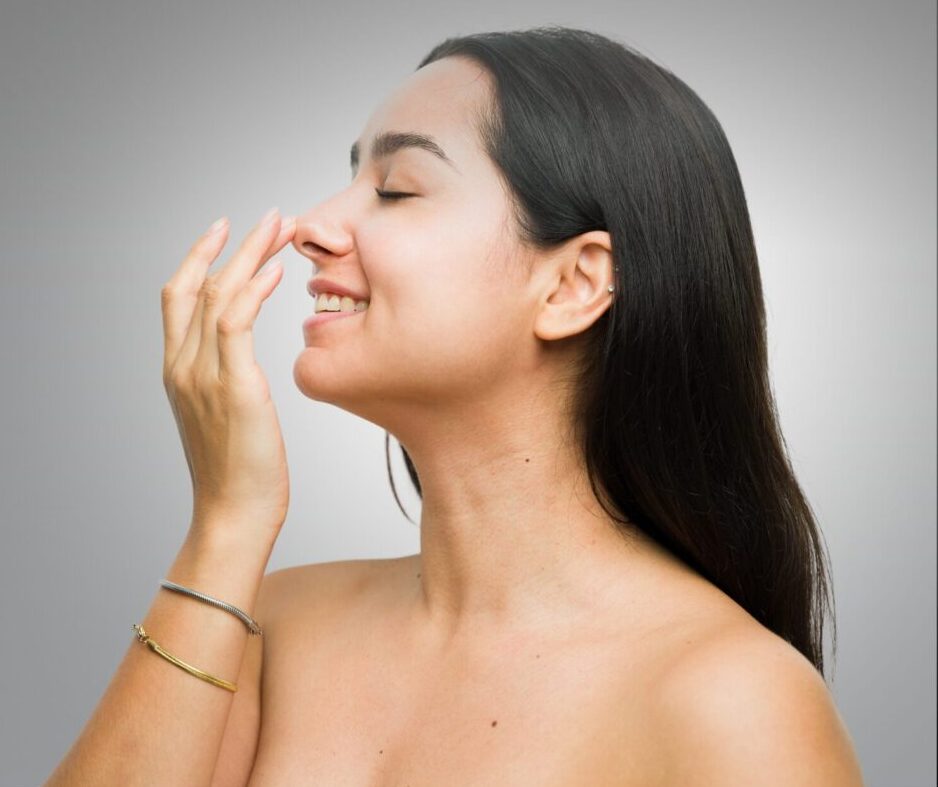
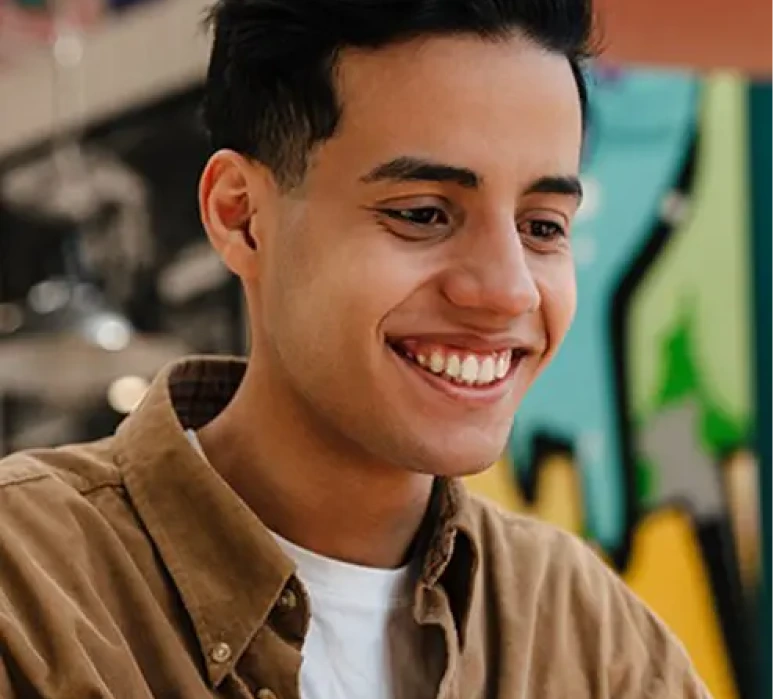
Hispanic rhinoplasty refers to a specialized approach in rhinoplasty procedures tailored to individuals of Hispanic or Latino descent. Like any ethnic rhinoplasty, Hispanic rhinoplasty recognizes and respects the unique anatomical characteristics contributing to a person’s ethnic identity. Hispanic rhinoplasty aims to achieve a natural, harmonious look that balances the nose with other facial features, often combining aesthetic improvements with functional corrections, like improving breathing. This type of rhinoplasty requires a surgeon with specialized knowledge and experience in ethnic rhinoplasty to ensure culturally sensitive and aesthetically pleasing results.
Hispanic individuals often exhibit distinct nasal characteristics that may vary among different subgroups within the Hispanic population. These features are essential in ethnic rhinoplasty or nasal surgery, where understanding these traits is crucial for achieving natural and harmonious results. Some of the common unique nasal characteristics in Hispanic individuals include:
Many Hispanic individuals have a wider base of the nose. This feature can impact the overall facial balance and is a critical consideration in rhinoplasty.
Compared to other ethnic groups, Hispanic individuals often have a lower or less pronounced nasal bridge. Reshaping or augmenting this area can be a focus in nasal surgery.
A more rounded or bulbous nose tip is a common characteristic. Refining the nasal tip to achieve a more defined shape is a frequent goal in rhinoplasty.
In Hispanic individuals, thick skin, especially over the nasal tip and bridge, is a common characteristic. This thick skin can significantly impact the surgical approach and the procedure results, as it is often less malleable than thinner skin types.
Hispanic noses display variations across different subgroups, with some resembling a Caucasian nose, underscoring the diversity in Hispanic nasal characteristics. The unique facial structure and ethnic background of each individual are crucial in determining the most suitable approach for nasal surgery, ensuring that the procedure is specifically tailored to their needs and respects their ethnic identity.
Here’s a list format for the common concerns and goals for Hispanic patients seeking rhinoplasty:
Many Hispanic individuals seek rhinoplasty to correct asymmetrical aspects of their nose, aiming for a more balanced appearance.
Refining the nasal tip, especially if it is rounded or bulbous, is a frequent goal, seeking a more defined and aesthetically pleasing shape.
Reducing the width of the nasal bridge to achieve a proportionate and harmonious facial profile is a common concern.
A significant number of patients wish to make changes to their noses while still preserving their ethnic characteristics, ensuring their new appearance remains true to their cultural heritage.
The overarching goal is often to enhance overall facial harmony, ensuring that the changes to the nose complement other facial features.
Hispanic rhinoplasty is not just about physical alterations; it also involves respecting and preserving the patient’s cultural identity and heritage.
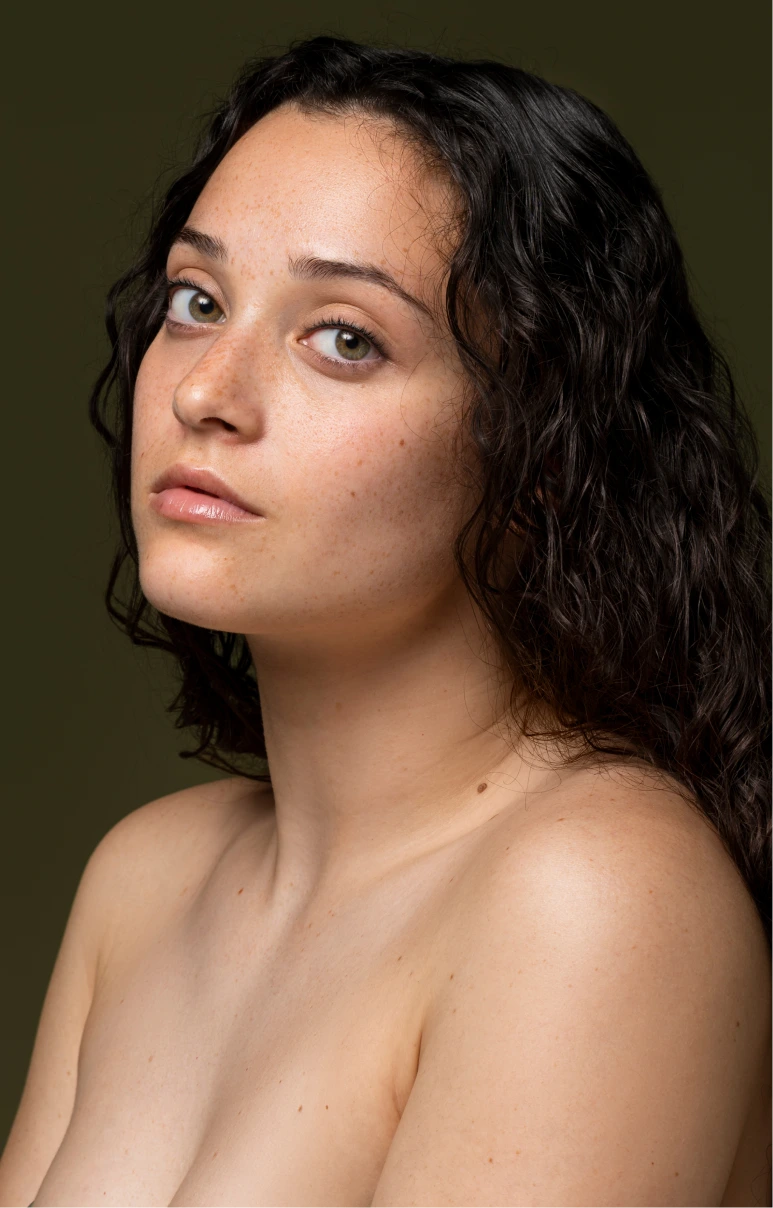
Rhinoplasty surgery tailored to individuals of Hispanic descent, often called Hispanic or Latino rhinoplasty, brings forth specific benefits and considerations that acknowledge the unique nasal characteristics and cultural nuances within this ethnic group. Understanding the advantages is crucial for individuals contemplating this facial plastic surgery.
A surgeon experienced in Hispanic rhinoplasty tailors their technique to address unique features such as nasal width and shape, ensuring a personalized approach for each patient.
Hispanic rhinoplasty by a skilled surgeon enhances nasal aesthetics while respecting and emphasizing the patient’s ethnic features, aiming for natural-looking results and maintaining cultural characteristics.
This type of rhinoplasty often boosts a patient’s self-esteem by addressing specific nasal concerns enhancing satisfaction with their appearance.
The surgeon aims to create a balanced and symmetrical facial appearance, refining nasal features in a culturally sensitive manner.
An ideal candidate for Hispanic Rhinoplasty is someone who:

Dr. Shahrouz Zarrabi, an expert in performing rhinoplasty on Hispanic noses, specializes in this intricate blend of artistry and surgical precision, catering to individuals with Hispanic heritage’s unique facial features and aesthetic goals.
The rhinoplasty process with Dr. Zarrabi starts with a detailed consultation to set aesthetic goals, focusing on the patient’s desires and unique Hispanic features. He then performs a comprehensive medical evaluation to assess the patient’s health and suitability for surgery, including any functional nasal issues. During preoperative planning, Dr. Zarrabi uses advanced imaging to develop a personalized surgical plan tailored to each patient’s nasal features, ensuring optimal aesthetic and functional results.
Dr. Zarrabi employs the Piezo Ultrasonic technique in Hispanic Rhinoplasty, offering a precise and gentle approach ideal for sculpting and refining nasal bones with minimal trauma. This method often allows for effective results without using cartilage grafts.
Dr. Zarrabi emphasizes preserving the patient’s unique cultural characteristics in his approach. He carefully selects techniques, including the open rhinoplastic technique – which allows detailed work on the internal nasal structure – and the closed rhinoplasty technique to refine nasal features while honoring and enhancing the patient’s Hispanic heritage.
For subtle enhancements that contribute to facial harmony, Dr. Zarrabi focuses on natural and balanced changes. He aims to refine the nasal tip, bridge, and overall contour to align with the patient’s facial features and cultural identity. This approach ensures that the enhancements are effective yet respectful of the patient’s ethnic background.
After Hispanic rhinoplasty, patients can expect mild swelling, bruising, and discomfort in the initial days. Rest and keeping the head elevated help reduce swelling. By the end of the first week, these symptoms improve, allowing for a return to light activities while avoiding strenuous exercises. Over the next several weeks, most visible swelling diminishes as the overall result takes shape.
After Hispanic rhinoplasty, it’s crucial to follow specific postoperative care instructions, which include gentle nasal cleaning with saline solution, adhering to prescribed medications, and being cautious with any pressure on the nose, especially when wearing glasses. Adequate rest and sleeping with an elevated head can help reduce swelling. Cold compresses are recommended to address any swelling.
Scheduled follow-up appointments with Dr. Zarrabi are crucial for monitoring progress and addressing concerns. These visits allow healing assessment, splint or stitch removal, and guidance on resuming normal activities. Open communication with Dr. Zarrabi throughout recovery is essential for promptly discussing any unexpected changes or concerns.
Additionally, protecting your nose from excessive sun exposure and maintaining a soft diet in the initial stages of recovery is crucial to ensuring a successful healing process. Complete recovery can take 6 to 12 months, or longer for those with thicker skin, as the nasal tissues gradually settle and the final results fully emerge.
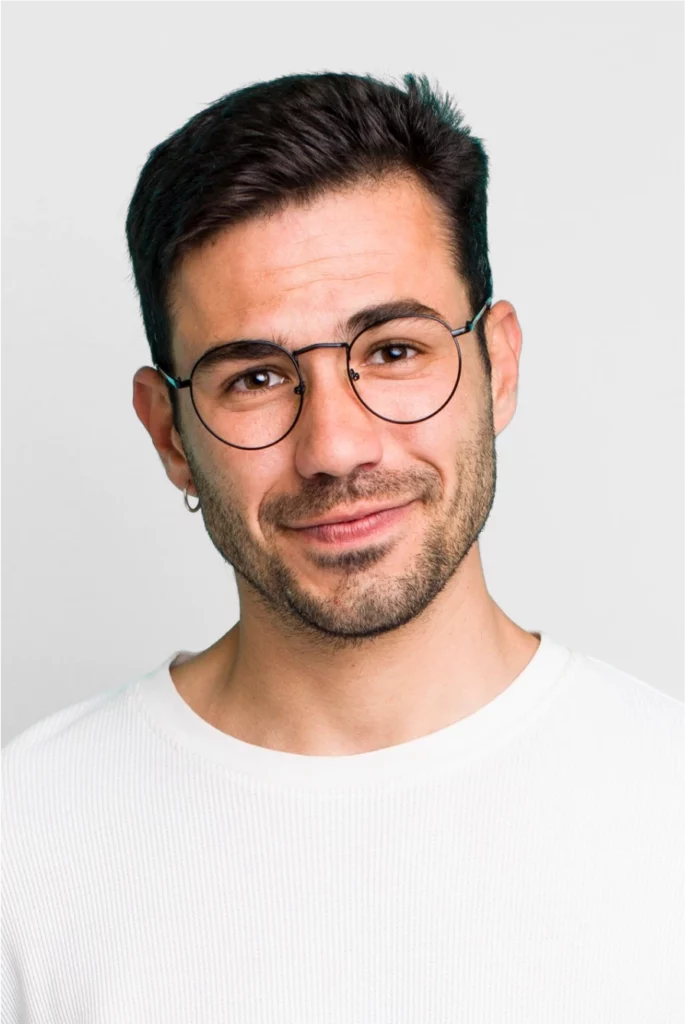
The estimated cost of Latino or Hispanic rhinoplasty can vary widely, typically within the range of $10,500 to $20,000 or even higher, depending on several factors. A comprehensive quote for Hispanic rhinoplasty typically includes the surgeon’s fees, facility fees, anesthesia costs, and any necessary follow-up appointments.
It’s essential to clearly understand what is encompassed in the quoted price by scheduling a consultation with Dr Zarrabi.
The cost of rhinoplasty in Beverly Hills and throughout Southern California, including Orange County, Corona Del Mar, and San Diego, can vary significantly depending on the procedure’s complexity and the surgeon’s expertise. When it comes to ethnic rhinoplasty, insurance coverage is generally limited. Most patients seeking ethnic rhinoplasty pursue aesthetic improvements tailored to their unique facial features, which insurance typically does not cover. Please note that Dr. Zarrabi does not accept insurance. However, we offer flexible financing options to make your procedure more accessible and convenient.

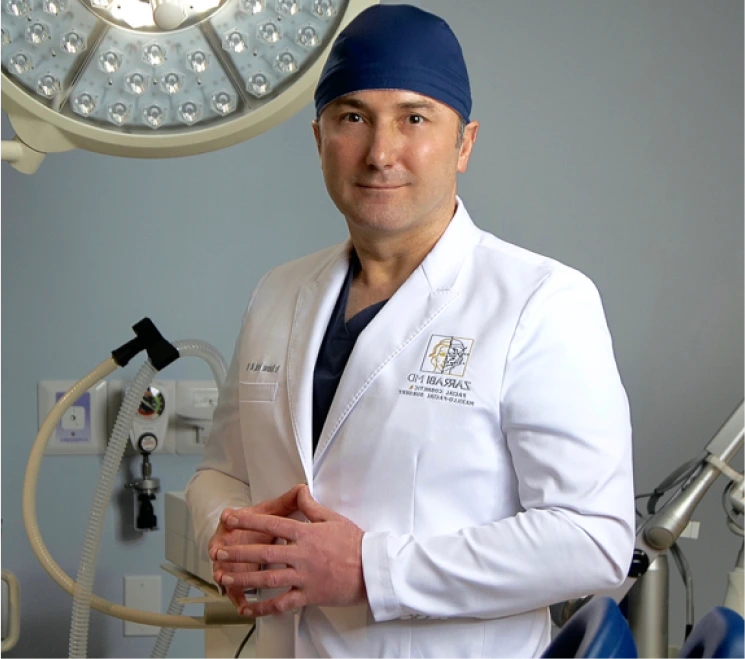
Using the latest 3D imaging technology, Dr. Zarrabi carefully evaluates each patient’s unique features to develop a personalized surgical plan that addresses specific cosmetic issues effectively. This advanced approach allows for precise adjustments and enhancements, ensuring results that improve appearance and maintain natural harmony with the patient’s overall facial structure. By combining innovative techniques, such as piezo ultrasonic rhinoplasty, with a deep understanding of individual anatomy, Dr. Zarrabi tailors his treatments to meet aesthetic goals while respecting each person’s distinct characteristics.
Hispanic rhinoplasty is a specialized approach that considers the unique nasal features and cultural considerations of individuals with Hispanic heritage. It differs from standard rhinoplasty by tailoring techniques to preserve or enhance specific ethnic traits while achieving a harmonious facial appearance.
Hispanic rhinoplasty is designed to enhance natural features while maintaining ethnic identity. A skilled surgeon can achieve subtle improvements that harmonize with your facial features, preserving your unique cultural characteristics.
The initial recovery period involves mild swelling and discomfort, with visible improvements in the first few weeks. However, full recovery may take 6 to 12 months—or up to 18 to 24 months for patients with thick skin.
Clear communication is vital. Bring visual references, articulate specific goals, and discuss cultural considerations during your consultation. A detailed conversation with your surgeon about your ideal outcomes helps ensure a personalized treatment plan aligned with your expectations.
When searching for a skilled facial plastic surgeon for ethnic rhinoplasty, it is important to choose someone who understands the unique nasal anatomy and cultural characteristics of different ethnic groups. The surgeon should be adept at addressing both the appearance and function of the nose, including common concerns such as dorsal hump correction. Finding a surgeon with experience in ethnic rhinoplasty ensures that results are natural, balanced, and respectful of your heritage. Consider Dr. Zarrabi for your aesthetic treatments.
Yes, a flat nasal tip is often seen among Hispanic patients, including those with ancestry from Central and South America. Additionally, wide nostrils are common features that are carefully considered during ethnic rhinoplasty to achieve balanced and natural results.

Saturday – Monday
Tuesday – Friday

Close
9:00 am – 5:00 pm

